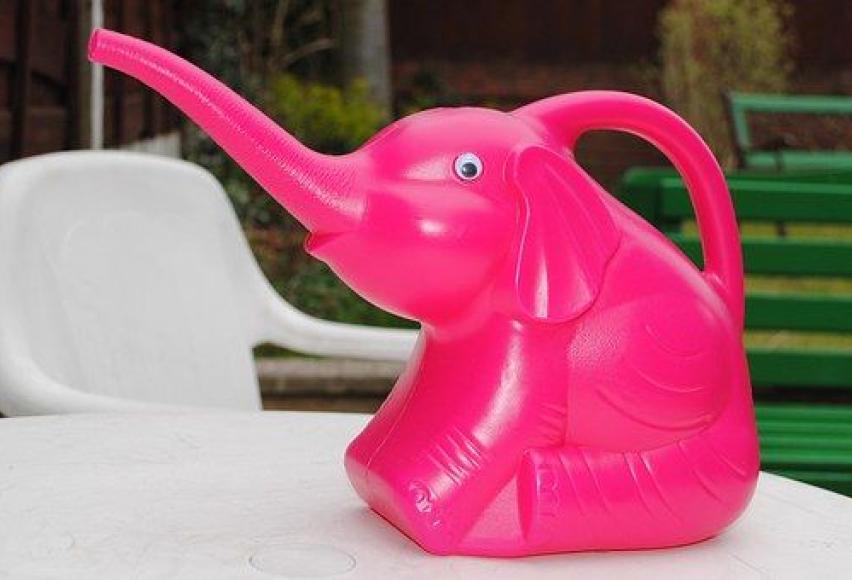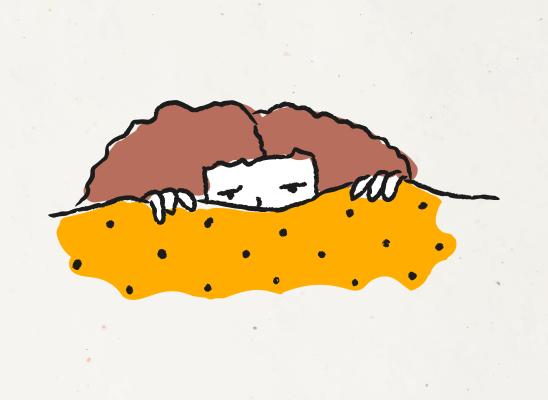Resisitance is futile, address the behavior not the urge

Online test
Find out the severity of your symptoms with this free online test
Let us conduct a little experiment. For the next 2 minutes DO NOT think about a pink elephant…

The irony is that the harder we try not to think about something the harder it is to achieve this goal. The urge to pull hair or pick the skin in body-focussed reptitive behaviors (BFRBs) is much the same. Many patients report feeling that the urge to engage in these compulsive behaviors magnifies the more they resist it. This can be extremenly demotivating, particularly when an individual is excited at the prospect that they have made progress by not picking for a period of time, only to relapse, often with magnified effect.
Online Test for Hair Pulling
How Severe is Your Hair Pulling Disorder? Find Out With This Free Online Test
Take the testOn the other hand, if I were to tell you not to stop thinking about a pink elephant, but instead to pick one action and to do that action each time you think about a pink elephant, the emphasis would be shifted away from the thought and focused more on the behavior you need to perfom in reponse to this thought. This represents the relationship between the urge to pull and the act of pulling in itself. While the urge to pull is what leads you to engage in this destructive habit, the urge is not problem, rather the behavior is.
Cognitive Defusion and its role in treating trich
 Cognitive behavioral therapy (CBT) has been found to be the most effective form of therapy for BFRBs such as trichotillomania. One of the modalities used within CBT known as Acceptance and Commitment Therapy (ACT) encourages patients to separate themselves from their thoughts in a process termed cognitive defusion. The principle behind this is for the individual to learn that thoughts do not have to translate into actions, and that you can separate yourself from your thoughts. It is also about realising the influence of language on our perception of our thoughts. The patient would be taken through a process of reframing their thoughts and feelings so that it becomes more recognizable as a "thought" that we are having rather than as a "fact" that is absolute truth. Defusion is the ability to see that a person has thoughts that are separate from oneself and that these thoughts can affect our feelings and how we experience the world at that time. It is also about being able to distance oneself from being pre occupied with whether our thoughts are right or wrong, true or false. Cognitive defusion will be especially useful if negative thoughts are triggers for you to pull. This CBT method is part of the online therapy program we have here trichstop.com. Clients have found the exercises in this section to be very empowering.
Cognitive behavioral therapy (CBT) has been found to be the most effective form of therapy for BFRBs such as trichotillomania. One of the modalities used within CBT known as Acceptance and Commitment Therapy (ACT) encourages patients to separate themselves from their thoughts in a process termed cognitive defusion. The principle behind this is for the individual to learn that thoughts do not have to translate into actions, and that you can separate yourself from your thoughts. It is also about realising the influence of language on our perception of our thoughts. The patient would be taken through a process of reframing their thoughts and feelings so that it becomes more recognizable as a "thought" that we are having rather than as a "fact" that is absolute truth. Defusion is the ability to see that a person has thoughts that are separate from oneself and that these thoughts can affect our feelings and how we experience the world at that time. It is also about being able to distance oneself from being pre occupied with whether our thoughts are right or wrong, true or false. Cognitive defusion will be especially useful if negative thoughts are triggers for you to pull. This CBT method is part of the online therapy program we have here trichstop.com. Clients have found the exercises in this section to be very empowering.
How do you practice cognitive defusion?
To practice cognitive defusion, one must first practice mindfulness. In other words one must be consciously aware of what you are thinking at any given time. This is followed by identifying your thoughts, and then labelling and distancing yourself from it. The part patients tend to find most strange and yet effective is the act of thanking your mind for the negative thoughts. The principle behind this is to tell your mind that you have noticed and acknowledged that thought and you are now letting it go. The idea is that that by acknowledging painful thoughts and emotions rather than avoiding them, we are reducing the impact they have on us. This also has the benefit of allowing us to be in more control of what we're feeling or thinking.
Online test
Find out the severity of your symptoms with this free online test
Start your journey with TrichStop
Take control of your life and find freedom from hair pulling through professional therapy and evidence-based behavioral techniques.
Start Now



